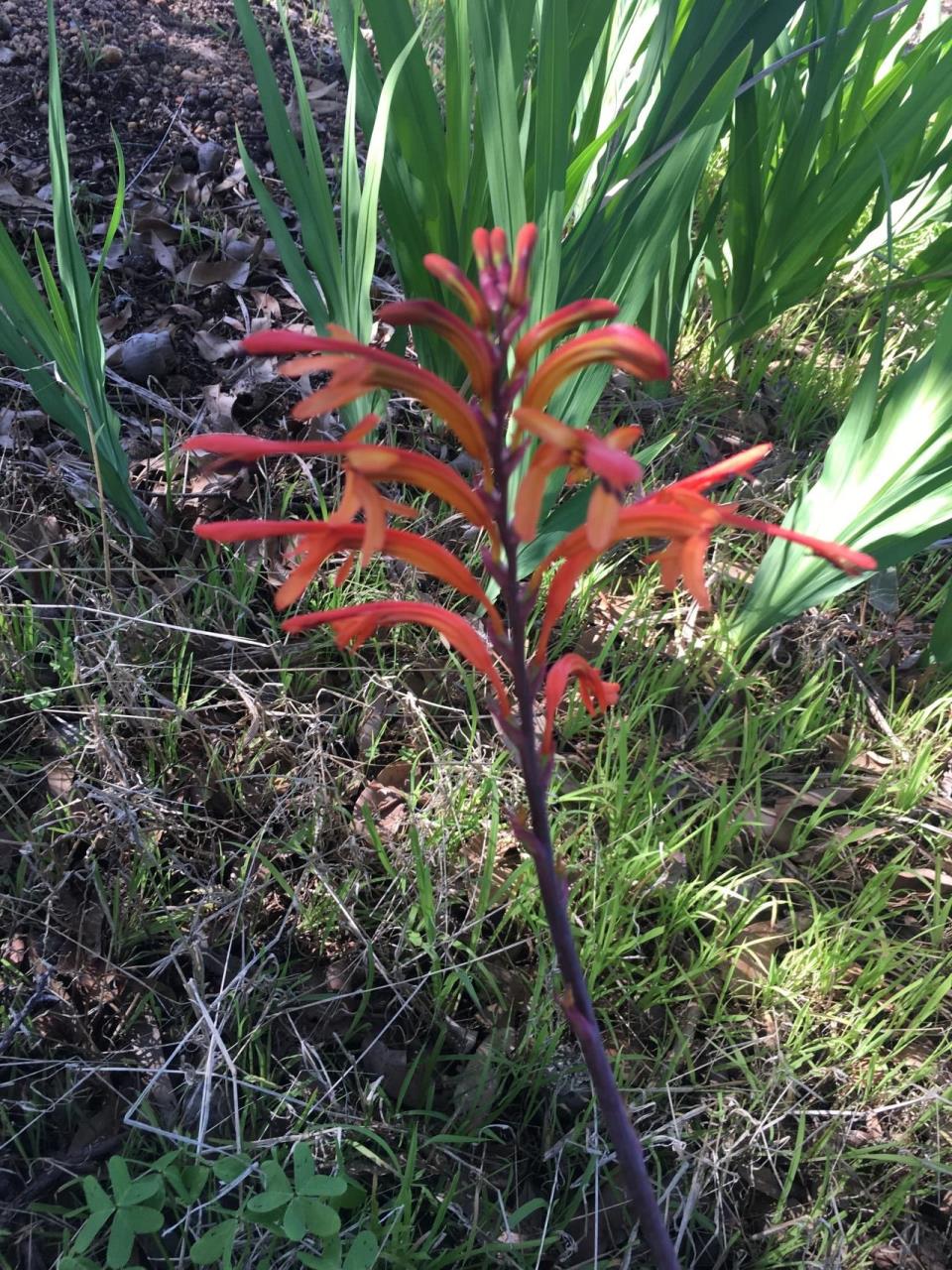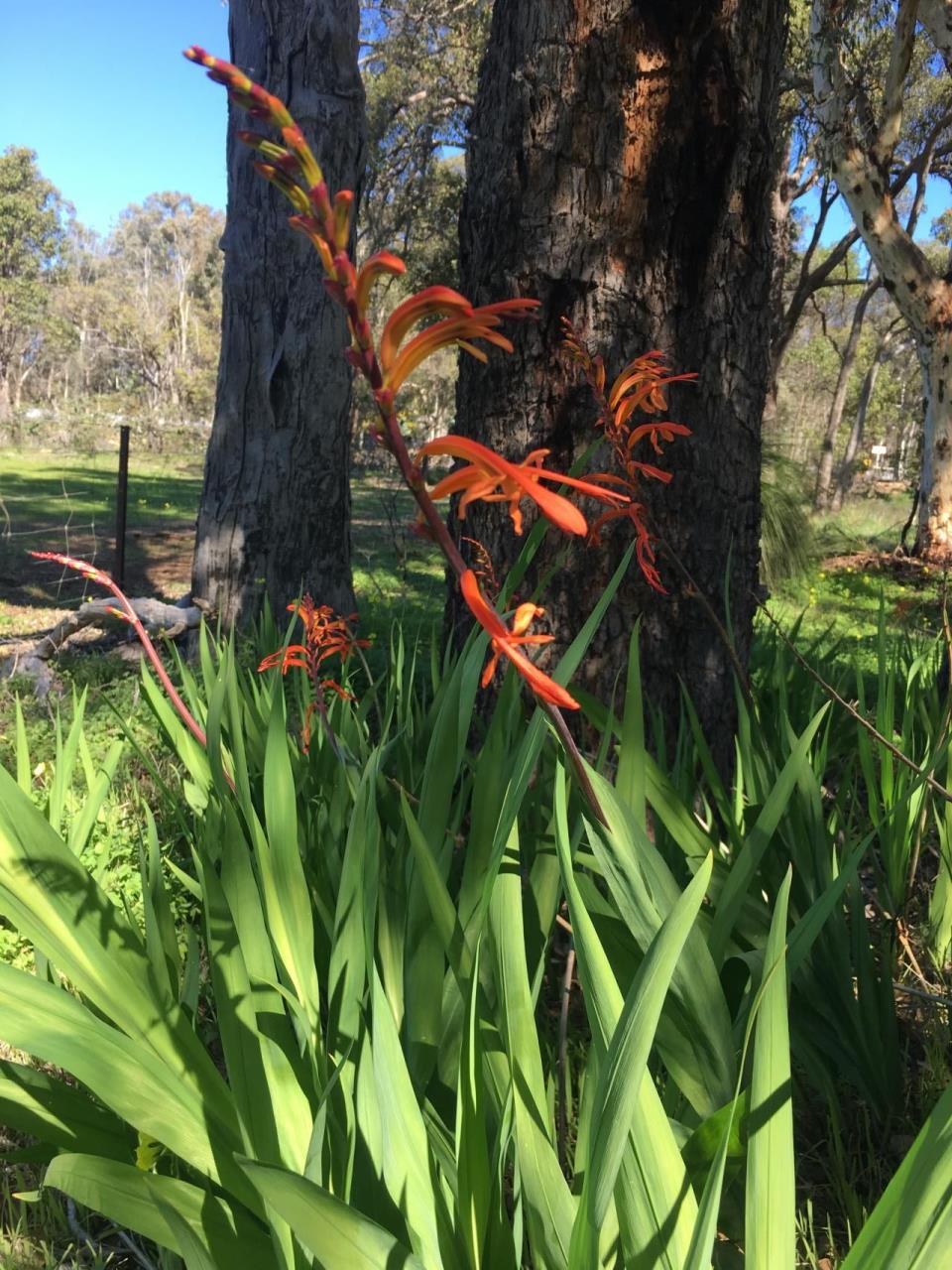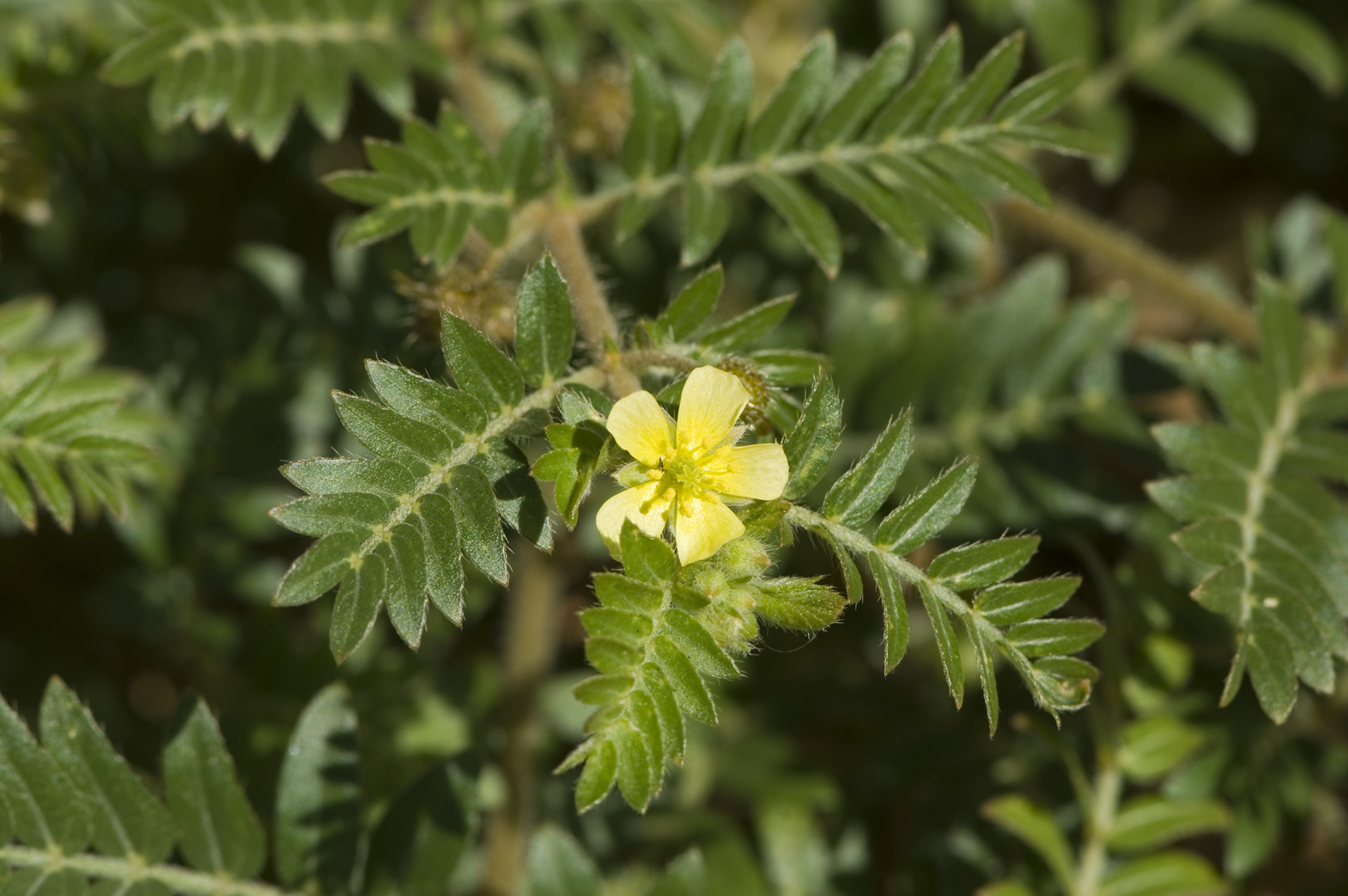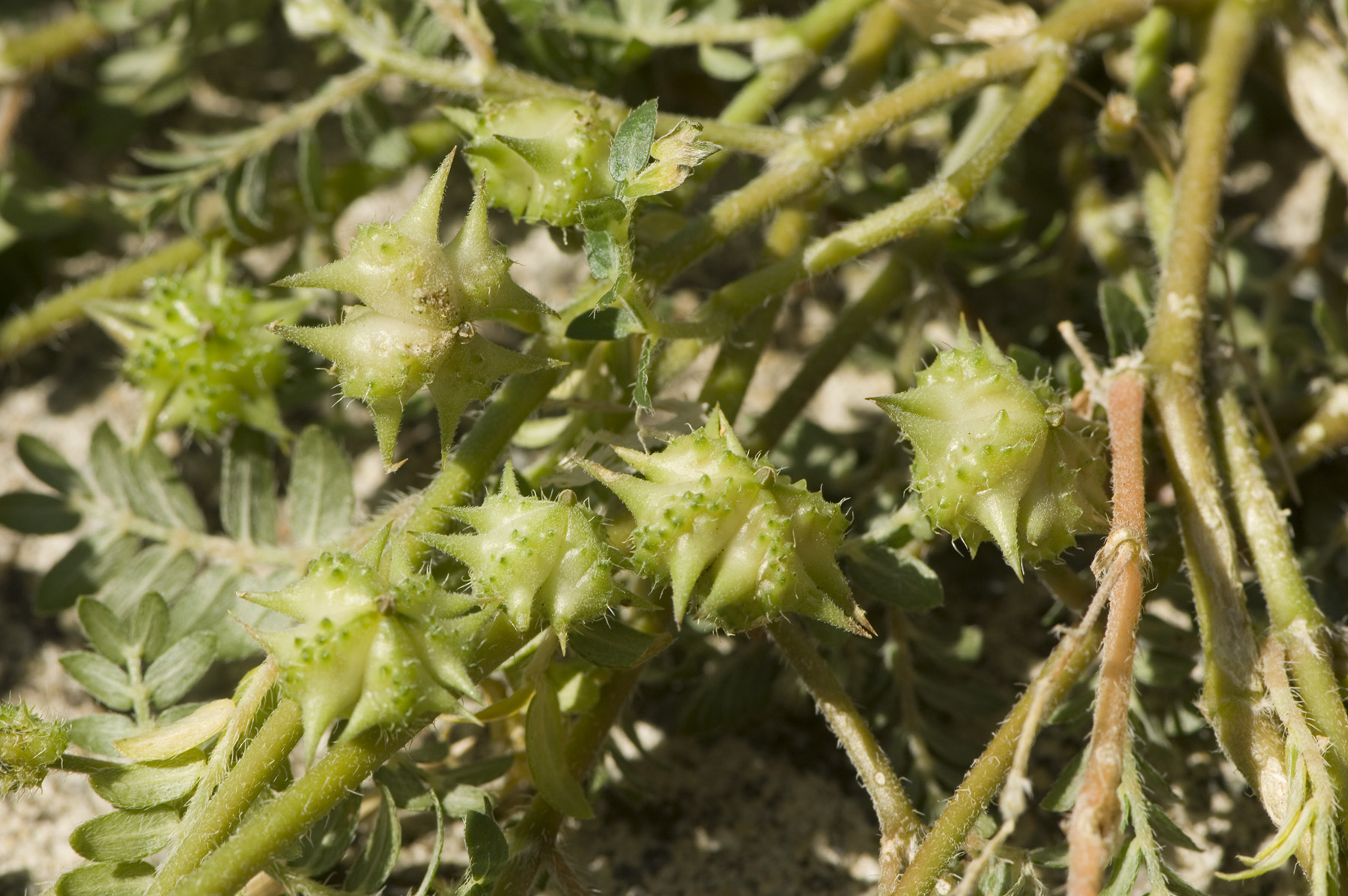Since 1 May 2013, local authorities have been able to prescribe problematic plant species as pest plants under section 193 of the BAM Act. This can be applied to any plant that, in the local authority’s opinion, is likely to adversely affect the environment of the district, the value of property in the district, or the health, comfort or convenience of the district’s inhabitants.
Watsonia (Watsonia meriana var. bulbillifera)
What is it?
Watsonia is a perennial winter-growing bulb that is native to South Africa and was introduced to Australia as an ornamental plant. It is a weed of roadsides, drains, creek lines, wetlands, un-grazed pastures, recreational and industrial areas.
What does it look like?
Flowers
The flowers spikes bear two rows of curved, tubular flowers (10-15 on each spike) that are orange, red, pink and purple in colour, and have six partially fused ‘petals’ 5 to 8 cm long. Flowers appear in spring and early summer.
Stems
The flowering stems up to 2 m tall appear in spring and are rounded, up to 20 mm thick and are often reddish in colour Stems arise from the base of the plant along with the majority of the leaves.
Leaves
Watsonia produces dense stands of light green, sword-shaped leaves from the base. The rigid leaves have a prominent mid-vein and are less than 110cm long and 1 to 5 cm wide. They are produced from a central corm in winter and die off in late summer – autumn, or earlier in dry years.
Why is it a problem?
Bulbil watsonia is an aggressive weed of native vegetation. It can form dense stands that exclude other ground-layer species in more open bush, wetlands and along creek lines. It also invades roadsides, wasteland and unimproved pasture, especially in winter waterlogged areas. It is regarded as visual pollution on roadsides because of its size and non-native appearance. It is suspected to be poisonous to stock, with stock generally avoiding mature plants, although they appear to be unaffected by young shoots.
How do we control it?
Contaminated soil and plant material should be disposed of safely to avoid creating new infestations. Cormils and corms must be burnt or buried to a depth greater than 20cm, as they will re shoot if left on the soil surface.
Remove by hand
For small infestations, individual plants can be dug out by hand or by loosening the soil with a fork and pulling the top growth. Disposal in the general waste bin and not in green waste bin is recommended.
Cultivation
Cultivation to 10 cm provides good control if done after the old corm is exhausted and before the new corms form or before the flower stem emerges.
Grazing
Stock will graze on young shoots and can provide effective control in pastures.
Herbicide
Small infestations in native vegetation can be controlled by spot spraying or wiping foliage with herbicide, although this can be labour intensive.
Photo Examples


African Lovegrass (Eragrostis curvula)
What is it?
African Lovegrass is a hardy, perennial grass that invades pasture and native vegetation.
What does it look like?
African Lovegrass forms large perennial tussocks that grow to between 30 and 120 cm high.
Leaves
Leaves are up to 30 cm long and narrow (3 mm wide) with rolled margins. Leaf colour varies from dark green to blue-green.
Flowers
The flower stems are slender, erect and sometimes bent at the nodes. The flower heads form a spreading panicle 6 to 30 cm long with a grey-green colour.
Ripe seed is present from January to March. Seeds germinate in autumn or spring.
Why is it a problem?
African Lovegrass produces large, unpalatable tussocks that displace productive plants in pastures. If unchecked, it can spread and form pure, dense infestations.
Young plants are nutritious and are readily grazed. Plants become unpalatable, and are avoided by stock, as they mature.
Sparse, overgrazed pastures are most at risk.
African Lovegrass is a threat to high value pastures.
How do we control it?
Young African Lovegrass plants cannot compete with established, well-managed pasture.
Small infestations can be controlled by chipping or spot spraying. Soil disturbance should be minimised to avoid creating opportunities for African Lovegrass invasion. For advice on chemical control techniques contact your nearest Natural Resources Centre.
Photo Examples


Calthrop (Tribulus terrestris)
What is it?
is a summer-growing weed found widely throughout Western Australia. It is most common in areas of frequent spring and after summer rain.
What does it look like?
Stems
Caltrop has numerous green to reddish brown stems radiating from a crown. It grows prostrate to 2m long with many branches and fine hairs.
Stems can be somewhat erect when plants are shaded or competing with taller plants.
Leaves
Leaves of caltrop are darker on the upper surface than on the lower. They are arranged in pairs, opposite on branches and unequal in size with each leaf consisting of 3 to 8 pairs of opposite leaflets.
Each leaflet is about 5 to 12mm long and 3 to 5mm wide, either sessile or very shortly stalked and hairy (more so on the lower surface) giving a silvery appearance.
Flowers
Flowers are yellow, 8 to 15mm in diameter and borne on short stalks in the axils of the smaller of each pair of leaves.
Flowers each have 5 petals.
Flowers are short lived (opening in the morning and closing or shedding petals in the afternoon).
Fruit
The fruit of caltrop is a woody burr with sharp rigid spines to about 6mm long, with the burr about 1cm in diameter (excluding spines). The burr splits into 5 wedge-shaped segments when ripe with each segment containing 2 unequal pairs of spines. Each fruit segment may contain up to 4 seeds
Why is it a problem?
Impact on ecosystems and waterways
Caltrop can be found mostly on dry sandy soils where there is little competition. Its presence may help to reduce soil erosion marginally during its growth and flowering period.
The weed grows best in disturbed areas with minimal vegetation. The plant has allelopathic properties which inhibit the growth of grass seedlings and its extensive root system competes effectively for moisture and nutrients. In dense infestations it can dominate the ground flora.
Spines on the fruit damage the feet of animals. When eaten, the fruit can harm the mouth and possibly the lining of the stomach and intestines. It is toxic to sheep and may present similar problems to native fauna.
Agricultural and economic impacts
Caltrop is a significant pest in crops as it is able to extract soil moisture from a great depth, allowing the plant to thrive under very dry conditions. In pastures, in the absence of other suitable fodder, animals will graze on new growth of Caltrop potentially causing stock losses due to its toxicity.
The weed contaminates harvested product, particularly in the dried fruit industry, and is a vegetable fault in wool.
The plant can cause some agricultural loss and its presence may affect land value.
Seeds and seed-segments of Caltrop cause injury to fruit pickers and shearers. Continuous interruption to remove the weed's spine may increase the time to harvest.
Social value and health impacts
The weed is likely to affect recreational activities as its sharp, rigid spines on its fruit can easily penetrate human flesh causing discomfort. Dense infestations of the plant does not hinder human access.
How do we control it?
For information on controlling Calthrop, please visit: https://www.agric.wa.gov.au/pest-plants/caltrop-what-you-should-know
Disposal in the general waste bin and not in green waste bin is recommended.
Photo Examples

